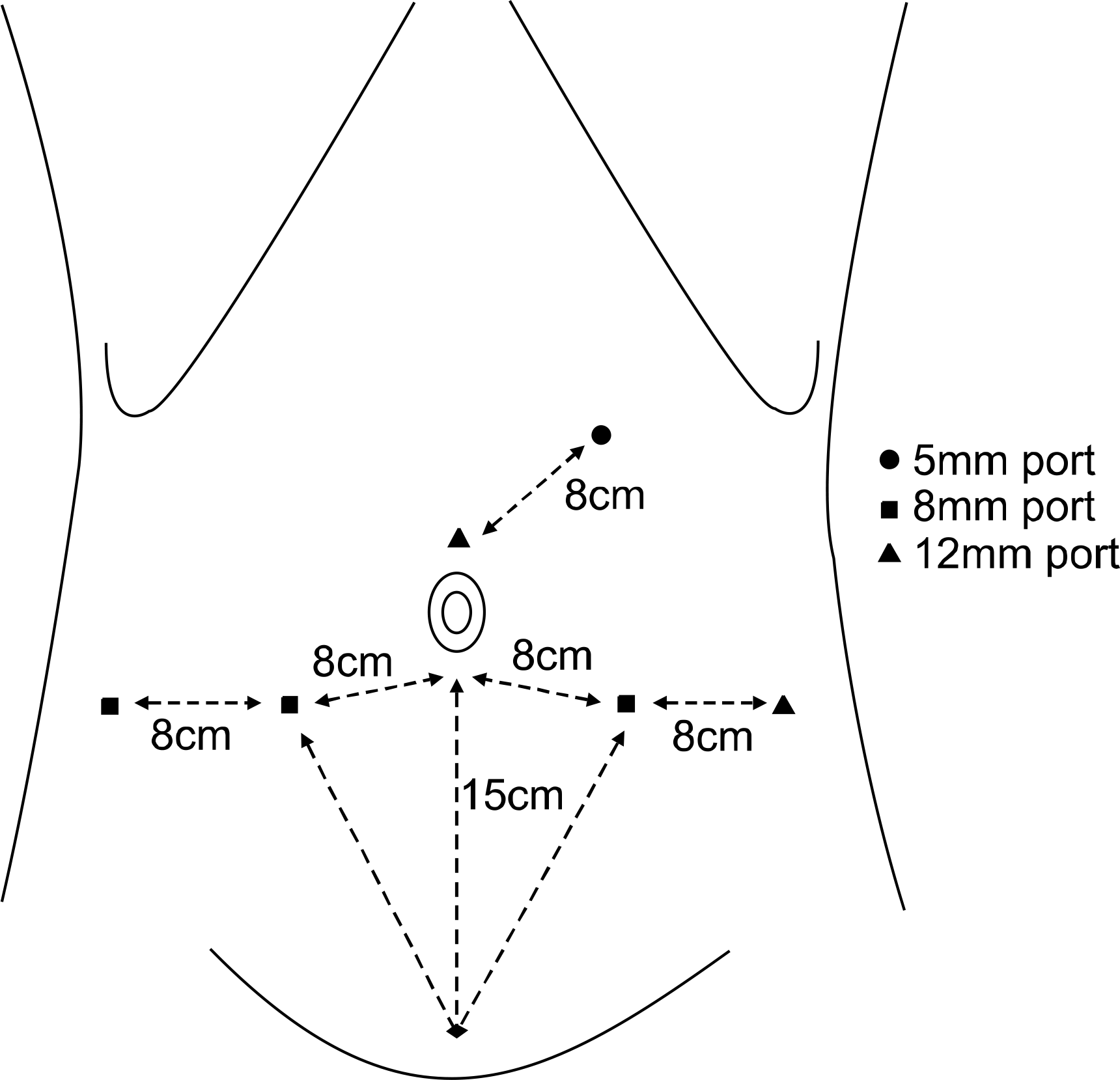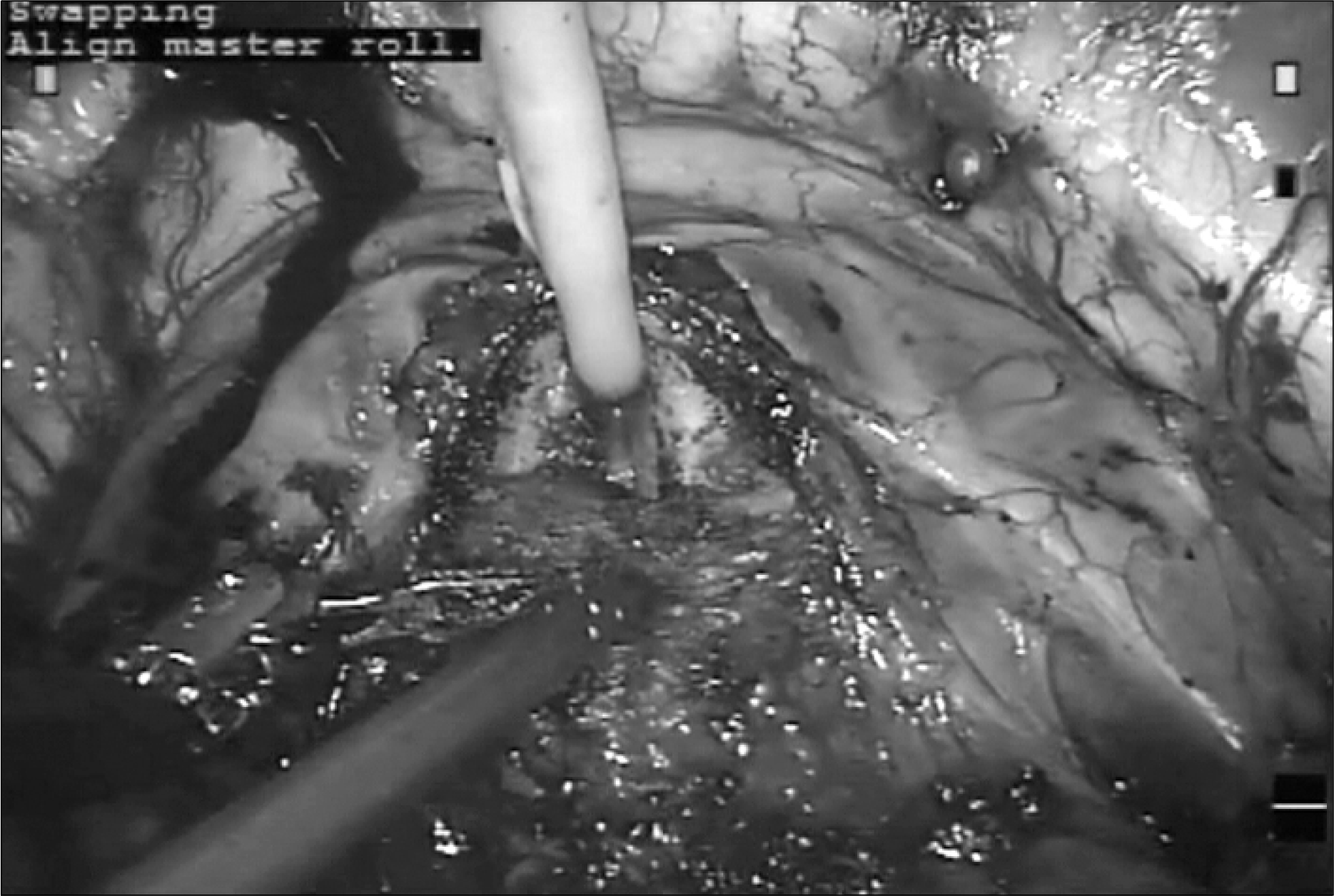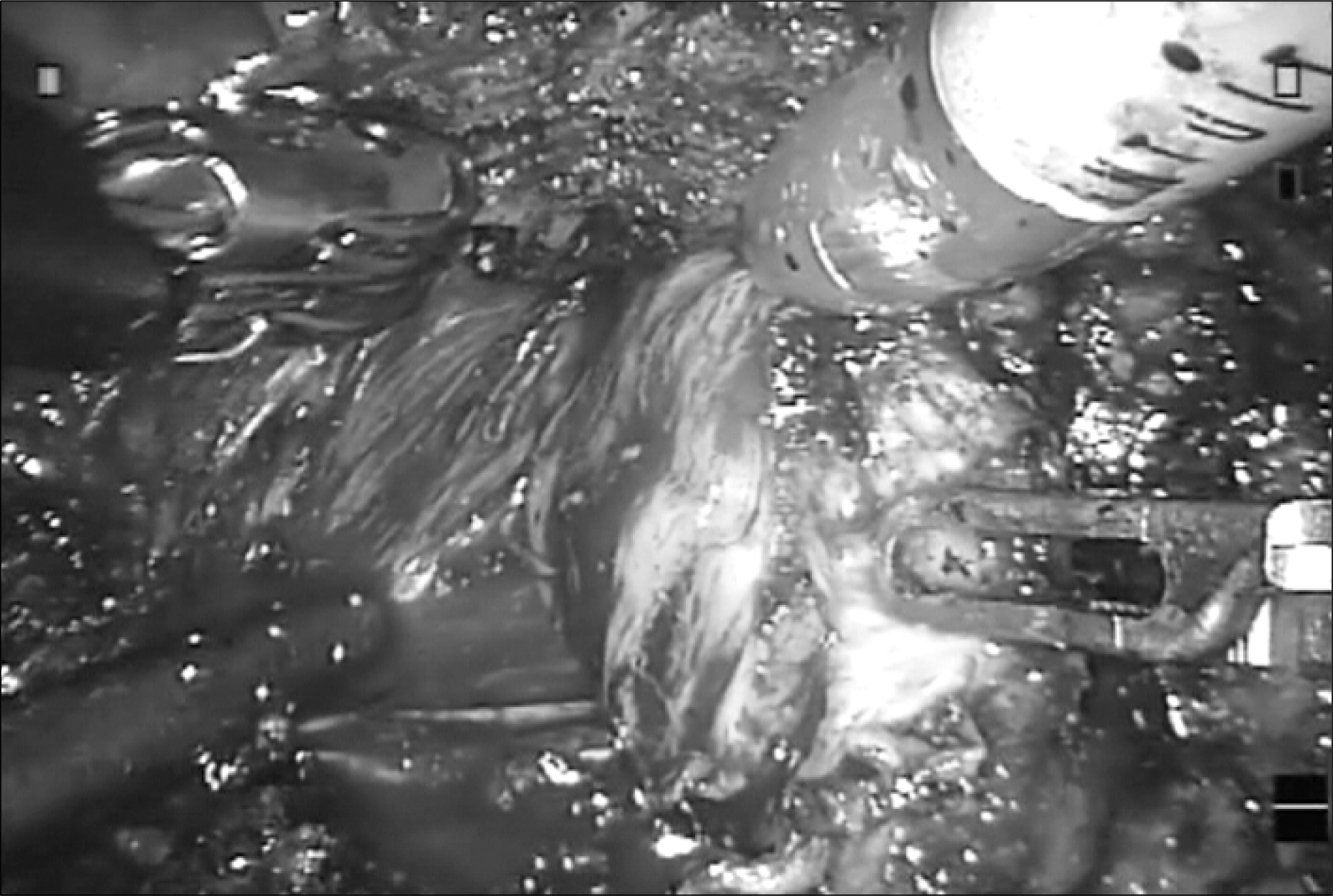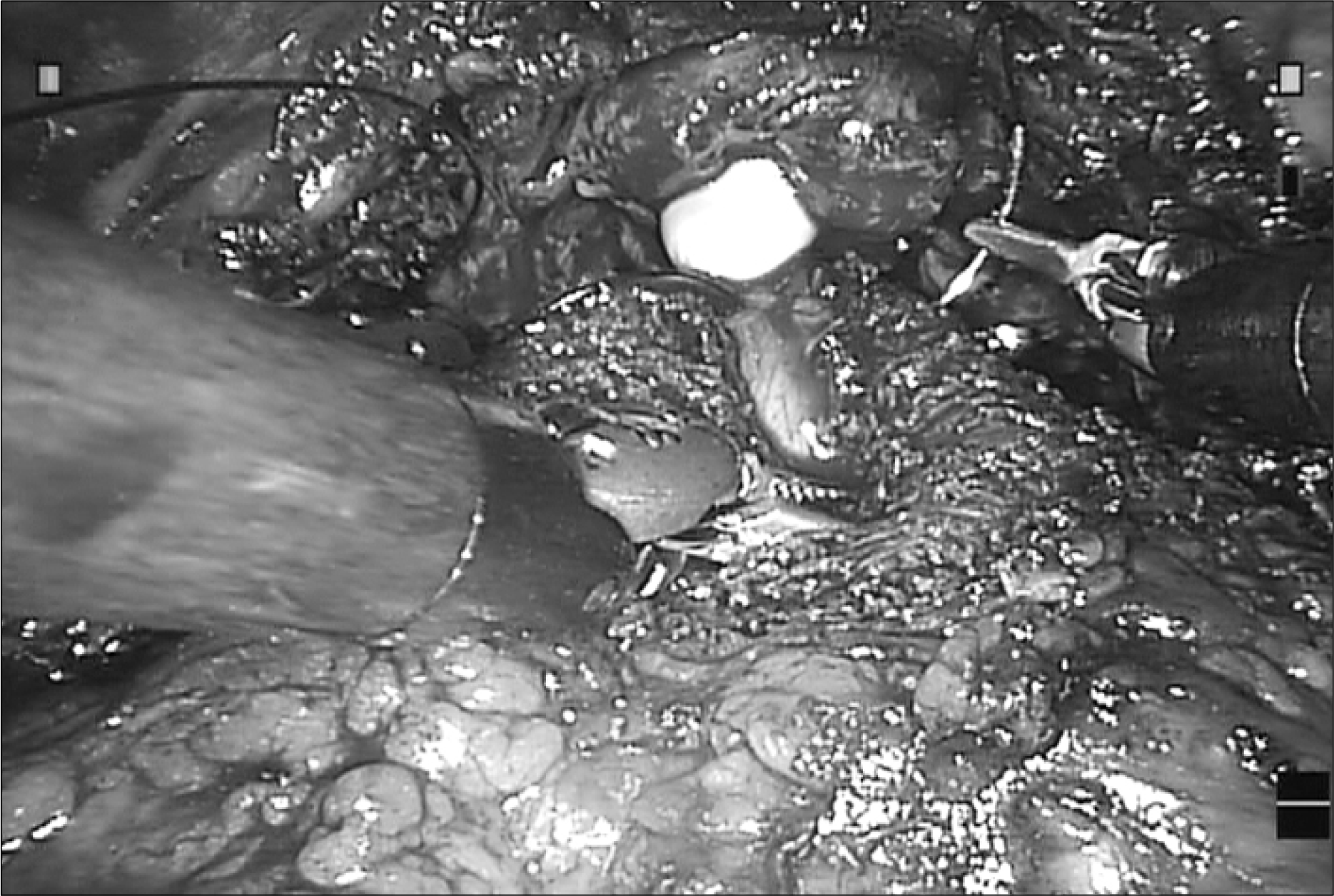Abstract
Purpose
We report the initial functional and surgical results of 200 robot-assisted laparoscopic radical prostatectomies performed at our hospital, and evaluate the efficacy and safety of this surgery.
Materials and Methods
Between July 2005 and July 2007, 200 patients underwent robot-assisted laparoscopic radical prostatectomy (RLRP). All cases were performed using the four-arm da VinciTM robot system (Intuitive Surgical, Mountain View, USA). RLRP was performed by two surgeons. All operations were approached transperitoneally. We studied the perioperative parameters and early surgical outcome retrospectively.
Results
The mean age at surgery was 64±8.2 years. The median preoperative prostate-specific antigen level was 8.24ng/ml (range, 1.37-726.60 ng/ml) and the mean preoperative Gleason score was 6.5 (range, 4-9). The median total operative time was 215 min (range, 140-418 min) and the median estimated blood loss was 300ml (range, 50-2,700ml). A positive surgical margin was found in 64 patients (32.0%). A normal diet was started 2.3 days after surgery and the median hospital stay was 5 days (range, 2-26 days). Among 71 patients with over 6 months followup, 69 patients (97.2%) were completely continent at 6 months after surgery and 29 patients (40.8%) were completely continent at catheter removal. In 58 patients who were younger than 65 years, potent preoperatively, and received a nerve sparing procedure, 31 patients (53.4%) were potent at 6 months after surgery.
Go to : 
REFERENCES
1. Guillonneau B, el-Fettouh H, Baumert H, Cathelineau X, Doublet JD, Fromont G, et al. Laparoscopic radical prostatectomy: oncological evaluation after 1,000 cases a montsouris institute. J Urol. 2003; 169:1261–6.
2. Hemal AK, Srinivas M, Charles AR. Ergonomic problems associated with laparoscopy. J Endourol. 2001; 15:499–503.

3. Kaul S, Bhandari A, Hemal A, Savera A, Shrivastava A, Menon M. Robotic radical prostatectomy with preservation of the prostatic fascia: a feasibility study. Urology. 2005; 66:1261–5.

4. Rassweiler J, Binder J, Frede T. Robotic and telesurgery: will they change our future? Curr Opin Urol. 2001; 11:309–20.

5. Perer E, Lee DI, Ahlering T, Clayman RV. Robotic revelation: laparoscopic radical prostatectomy by a nonlaparoscopic surgeon. J Am Coll Surg. 2003; 197:693–6.
6. Bentas W, Wolfram M, Jones J, Brautigam R, Kramer W, Binder J. Robotic technology and the translation of open radical prostatectomy to laparoscopy: the early Frankfurt experience with robotic radical prostatectomy and one year followup. Eur Urol. 2003; 44:175–81.

Go to : 
 | Fig. 1.Port placement for robot-assisted laparoscopic radical prostatectomy (six-port technique). |
Table 1.
Preoperative, operative, oncologic, and postoperative results
Table 2.
Postoperative functional outcomes




 PDF
PDF ePub
ePub Citation
Citation Print
Print





 XML Download
XML Download